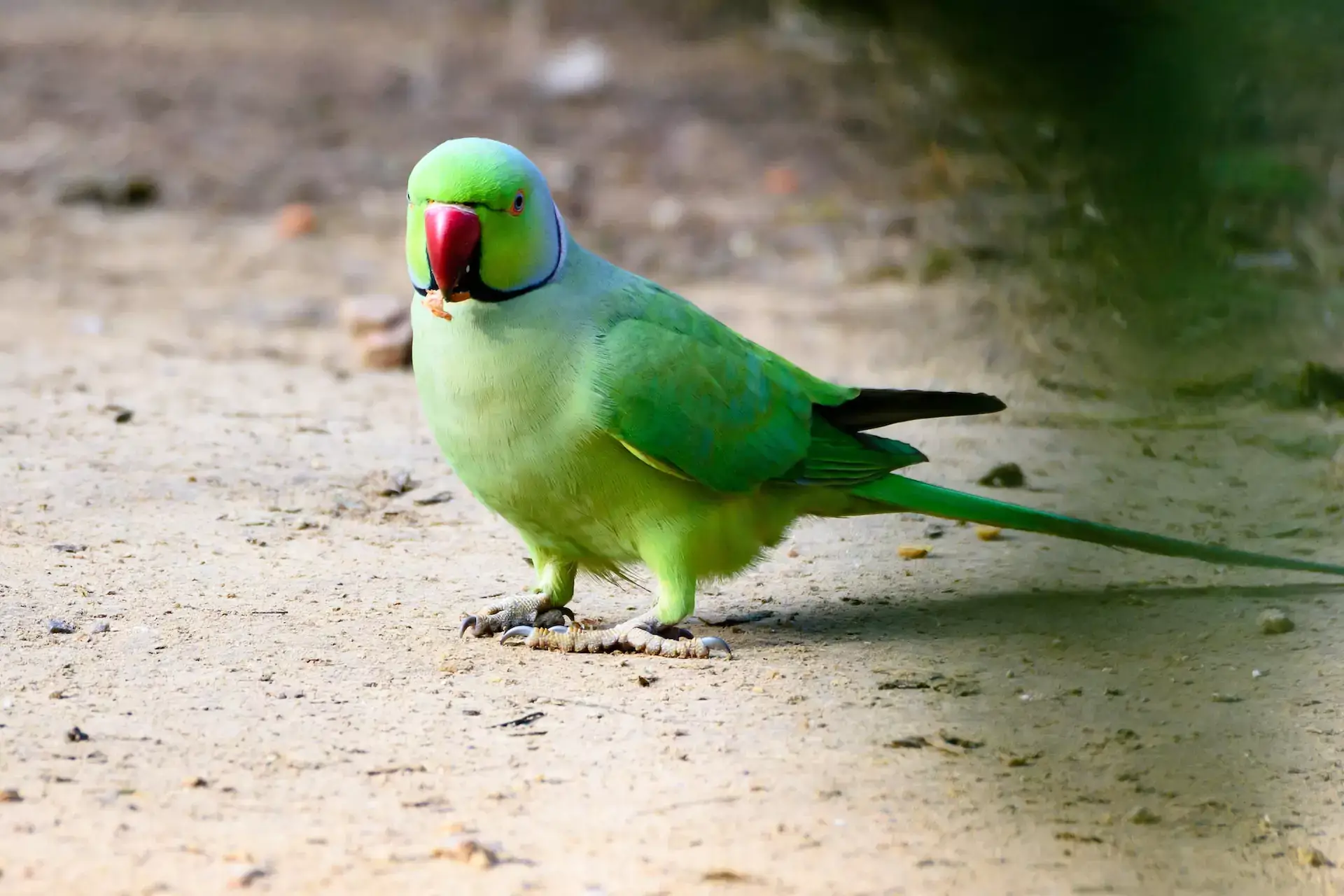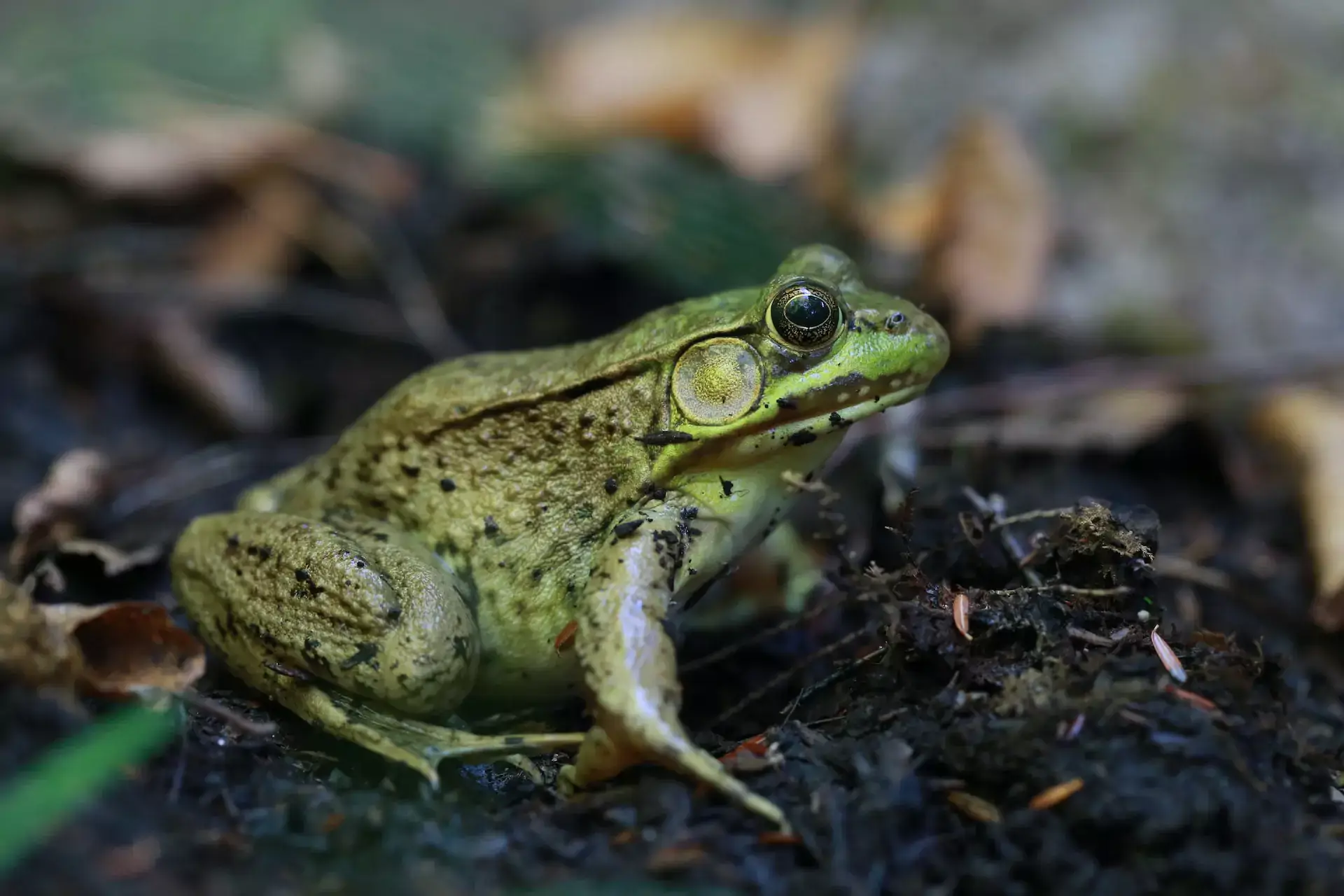National Lizard Day
Did you know that August 14th is National Lizard Day? We’re guessing probably not: this isn’t one of the more well-known pet holidays. August 14th is also National Creamsicle Day. However, lizards are more in our wheelhouse, so we’ll stick with them for this article. A Galena, MD vet discusses these beautiful reptiles below.
Lizard Facts
There are over 6000 types of lizards, from the tiny nano-chameleon, which is only about 13 mm long, to the massive Komodo Dragon, which can grow over 10 feet. Most are harmless, though a few, such as the Gila Monster and the Komodo Dragon, are venomous. Several types of lizards, such as chameleons, change color, which is always fascinating to see. One lizard, the basilisk, can even run on water! While most lizards are wild, quite a few have become popular pets. These include the gecko, bearded dragon, iguana, and anole lizards.
Benefits Of Lizards
Lizards have some very unique benefits. For one thing, they’re very cute! Many of these little dinosaurs, such as iguanas and bearded dragons, get quite attached to their humans, and can even be cuddly. Other pluses of having a pet lizard? Your animal companion won’t make noise, doesn’t need training, and won’t cover everything in fur. Well-decorated lizard habitats can also make beautiful centerpieces. Another benefit of getting a lizard? As long as you keep your pet’s habitat clean, you won’t have to deal with foul odors.
Adopting A Lizard
Lizards actually do make fascinating pets. However, they vary drastically as far as lifespan, care needs, diet, and habitat requirements. Some, such as iguanas, start out very small and cute, but eventually grow quite large. Full-grown iguanas can be six feet long, can live up to 20 years, and basically require their own rooms! Others, such as green anoles, stay very little, and only live a few years. Do plenty of research before adopting one, especially if you’re considering getting one for a child.
Lizard Health
Like any other animal, lizards need proper care to truly thrive. Having a great vet that is experienced with reptiles is a must, especially if you’ve never had a reptile before. Don’t be afraid to ask for advice on things like diet, substrate, cage setup, and equipment. That’s what we’re here for!
Please contact us, your Galena, MD animal clinic, with questions or concerns about lizard care. We’re here to help!





